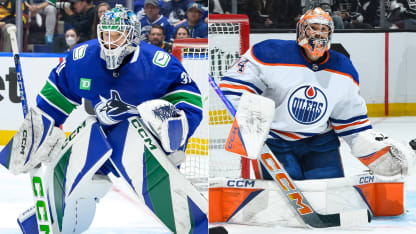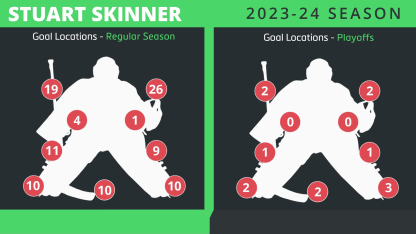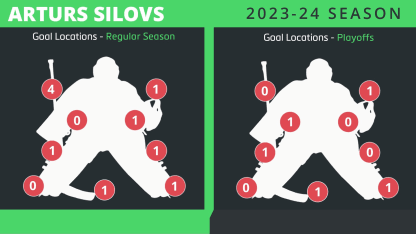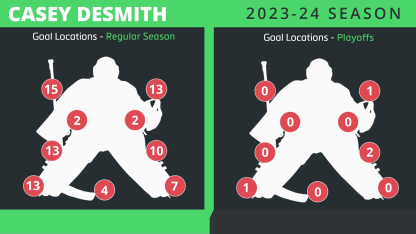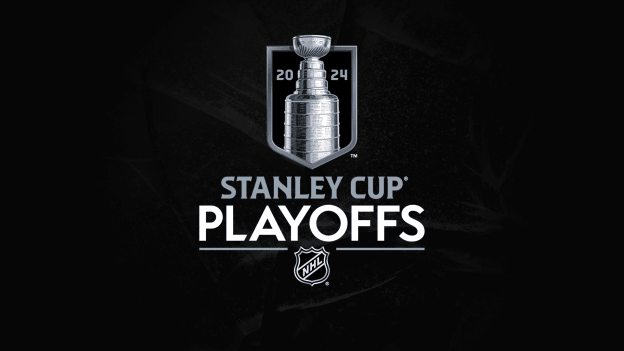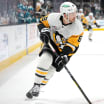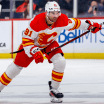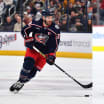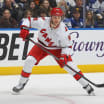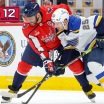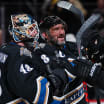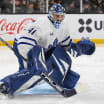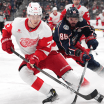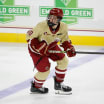Early passes off the rush, down low in-zone: Skinner has done a great job narrowing his stance to make it easier to keep up with increasingly lateral attacks in the NHL, but getting that 6-foot-4 frame square and set isn’t as easy as it might be for smaller goalies. Add in a narrower butterfly than many of his peers, which adds inherent delays to lateral recoveries from the knees, and it’s no surprise his goal chart includes more passes and plays across the middle (28 percent in the regular season, above the 22.1 average) and quick shots (47 percent, well above the 37.2 average). Where to make those passes depends on the type of play, however. On rush plays, lateral passes are more effective higher in the zone, which may seem counterintuitive, but there’s a tendency to either slide or pitch forward and get off balance coming across on these. On in-zone play, passes through the middle are more effective below the hash marks, especially if he squares up on the passers at or even outside his posts, creating a big lateral rotation that sometimes leaves him stuck.
Shoot where he’s coming from: Against-the-grain shots, which catch a goalie moving one way by shooting in the opposite direction, were a factor in 25 percent of the regular season goals on Skinner, and 4-of-14 in the first round. More than half of those came on the rush chances that plagued him this season, with low-blocker shots while skating down the right wing and high glove when skating down the left the two most popular spots.
High glove: Skinner’s goal chart is remarkably well balanced from the glove to blocker side, which shouldn’t be a surprise for such a technically sound goalie who uses conservative positioning, especially on in-zone play. The fact that he gave up the most goals this season over his glove doesn’t tell us enough because it’s not a save percentage, but dating back to last season’s tracking there were signs it might be a preferred target for shooters based on clean looks and against-the-grain-attempts when there is time and space. If nothing else, it’s worth watching against the Canucks after the Kings split their high shots -- and goals -- evenly between the blocker and glove in the first round.
Rebounds: Skinner’s numbers notably improved on rebounds this season, with just 12 goals as a result, slightly above the tracked average of 11.7. Some of that may be how fast and hard pucks are bouncing off the new CCM AXIS XF pads that he was the only NHL regular to use this season. Designed to create more active rebounds, it means hunting for second chances, especially on pass-off-pad plays, are harder to come by.
